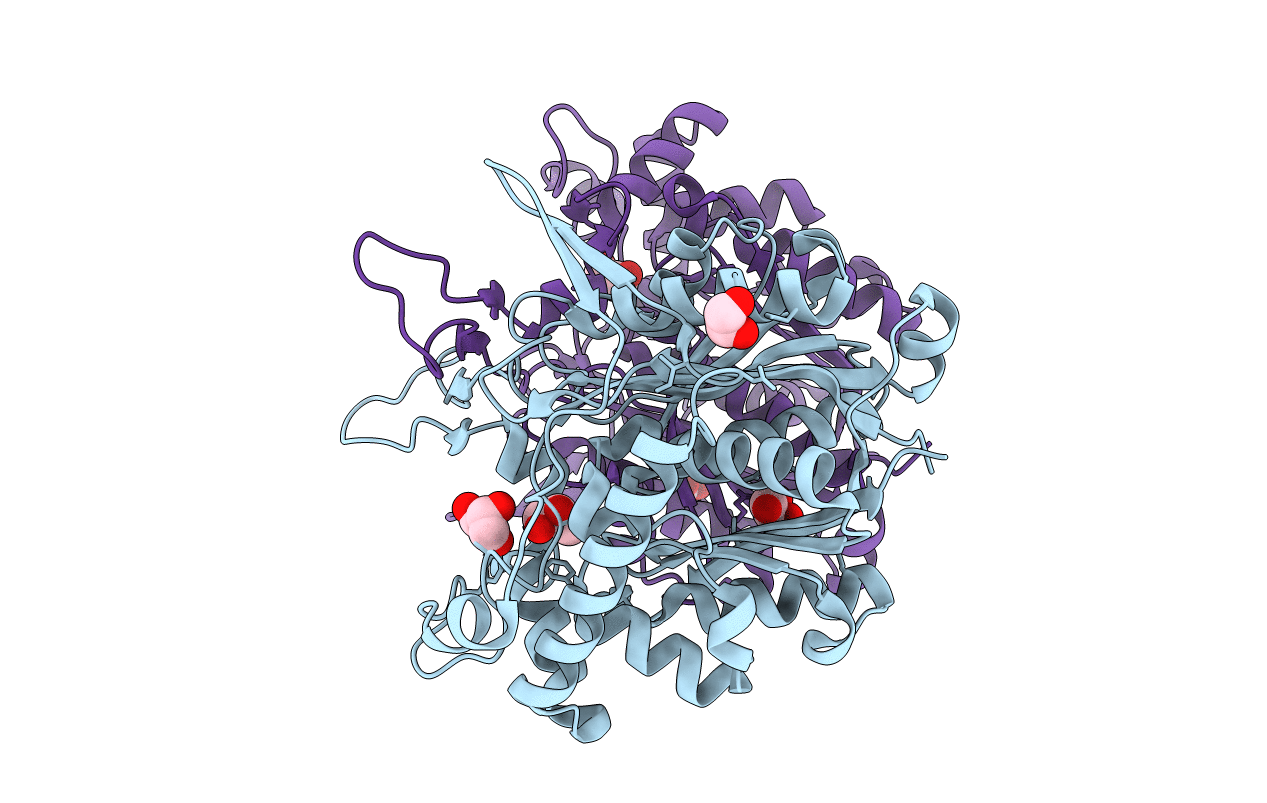
Deposition Date
2015-01-13
Release Date
2015-10-07
Last Version Date
2023-11-08
Entry Detail
PDB ID:
4XL3
Keywords:
Title:
Crystal structure of reduced form of thiolase from Clostridium acetobutylicum
Biological Source:
Source Organism:
Clostridium acetobutylicum (strain EA 2018) (Taxon ID: 863638)
Host Organism:
Method Details:
Experimental Method:
Resolution:
1.70 Å
R-Value Free:
0.19
R-Value Work:
0.15
R-Value Observed:
0.15
Space Group:
P 21 21 2


